In the context of the Chinese language, "Ling Luo Chou Duan" usually refers to various exquisite silk fabrics. However, there are many types of ancient Chinese fabrics, and "Ling Luo Chou Duan" cannot cover them all.
This article will briefly introduce how to identify various Chinese ancient hanfu fabrics such as "yarn, silk, brocade, velvet", and so on. However, it should be noted that the names of each textile organization in different dynasties are not exactly the same. They have also developed over time, so this is just a general explanation to give everyone a simple impression.
Structure of Ancient Chinese Fabrics
The common structures in Chinese fabrics are needed to determine the relationship between each yarn, which is the pattern of overlapping warp and weft yarns in the fabric. There are five common types of structures, which are also known as San Yuan structures.
Ping Wen Structure
Ping Wen structure (plain weave) is woven with the warp and weft threads alternating over and under each other. Plain weave fabrics are durable and resistant to wear, but have less elasticity and a lower sheen. If you touch it, you will find that the feel is hard, but relatively thin. Furthermore, plain weave fabrics are not prone to pilling, which makes them long-lasting and the preferred choice of ancient commoners.
Xie Wen structure
Xie Wen structure (twill weave) has the warp and weft threads intersecting to form diagonal lines, with longer floating threads.
A floating thread refers to one warp or weft thread being floated over several adjacent weft or warp threads. Twill weave fabrics feel softer to the touch, have good elasticity, and look glossy, but have less durability than plain weave fabrics.
Duan Wen structure
Duan Wen structure (satin weave) has long floating threads in either the warp or weft direction, forming isolated and evenly spaced interlacing points.
This type of satin fabric has a soft texture, and smooth surface with a rich luster, but because of the long floating threads, it is prone to frictional pilling.
Jiao Jing Structure
Jiao Jing structure refers to a weave where only the weft threads are parallel to each other, while the warp threads are twisted and interwoven with the weft threads.
Qi Rong Structure
Qi Rong structure has an additional set of velvet threads that specifically produce upright velvet loops, usually cut to form dense tufts of velvet.
After reading the above kinds of fabric structures, let's take a closer look at the construction of each fabric.
The Difference Between Ancient Chinese Fabrics
Ling & Qi
Ling (绫) generally refers to a twill weave fabric with a distinct diagonal pattern on the surface.
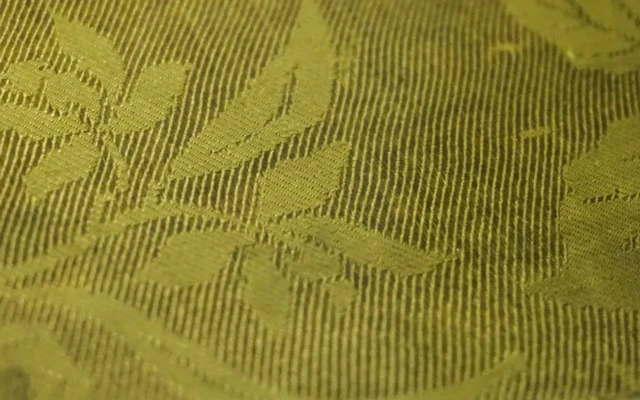
Ling
In fact, Ling also had a plain weave in the early days, but it gradually became uniform as a twill weave during development.
The Tang Dynasty was the heyday of Ling, and even detailed regulations were made for official Ling-patterned clothing. Ling was no longer popular after the Yuan and Ming dynasties.
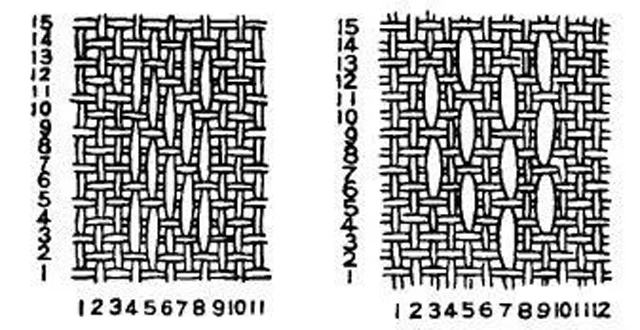
Qi
It is generally believed that Ling developed from Qi (绮), which is a plain weave silk fabric with a raised pattern. Later, Qi gradually became unpopular, and by the Tang and Song dynasties, Ling had almost completely replaced the term Qi.
Sha & Jia Sha
Sha (纱) in early times was referred to as a plain weave, which had low yarn density and was relatively light and thin.
The plain weave yarn used for the plain yarn garment unearthed from the Mawangdui Han Tomb weighed only 49 grams and had a light transmittance of 75%.
Later, there was a kind of Jiao Jing structure fabric, also called yarn; to distinguish between them, the plain weave yarn is generally called "Jia Sha (假纱)," while the Jiao Jing structure yarn is called "Sha."
The yarn mentioned before Ming and Qing dynasties is generally "Jia Sha," while the "Sha" was common in the Ming and Qing dynasties.
Luo
Jiao Jing structure fabric is also called Sha Luo structure, and the warp threads of this weave are twisted, resulting in larger holes, making it light, thin, and breathable. It was popular, especially in the humid and hot southern regions.
From the Han Dynasty to the Tang, Song Dynasties, Luo (罗, gauze) was generally used for noble clothing, and only officials above the fifth rank could wear clothes made of Luo.
Bo & Juan & Chou
Bo (帛) is a general term for early silk fabrics and was also used as a commodity for trade, known as "Qian Bo (钱帛)".
Juan (绢) generally referred to plain woven fabrics, due to its thin and flat texture, it was not only used to make clothes but also often used for painting or fan surfaces. Today, we can see many surviving silk paintings made by Juan.
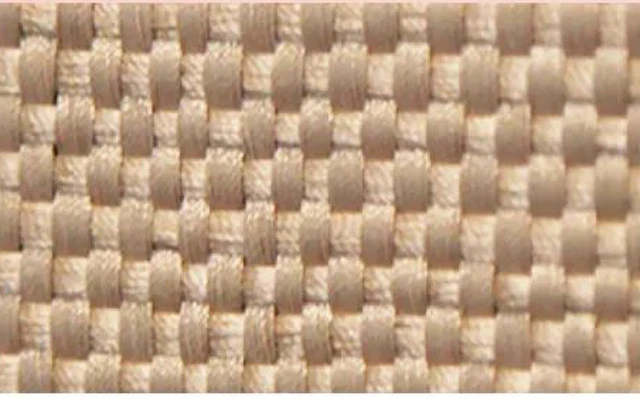
Juan
After the Ming and Qing Dynasties, Chou (绸) became a general term for silk fabrics, usually referring to silk fabrics with a tighter texture.
Duan
Duan (缎) is a silk fabric with a satin weave. It appeared relatively late and no physical samples of Duan have been found before the Song Dynasty.
During the Ming and Qing Dynasties, Duan became a popular variety and was highly sought after by the nobility. The satin weave looks very bright and shiny, and smooth.
Ke Si
Ke Si (缂丝) is a plain weave, but its weft threads are locally dug and woven according to the pattern.
Ke Si is generally believed to have originated from northern nomadic peoples. It was initially made of wool fibers. After it was introduced to the Central Plains, it was changed to silk, which is a labor-intensive weaving process.
The patterns of Ke Si blend seamlessly into the fabric itself, with fine lines and no obvious protrusions or reflections.
Zhuang Hua
Zhuang Hua (妆花) is a type of jacquard fabric woven with colorful silk threads. Unlike Ke Si, where the pattern is part of the fabric, the pattern on Zhuang Hua is added to the finished fabric.
It originated in the Tang and Song dynasties and reached its peak during the Ming and Qing dynasties. It is the highest representative of ancient Chinese fabrics.
Jin
Jin (锦) is a type of weave made of multiple layers of fabric. It is usually made with multiple colored threads, resulting in a richly colored fabric.
Jin has a history of three thousand years in China, and the most famous varieties include Suzhou Song Jin, Nanjing Yun Jin, and Sichuan Shu Jin.
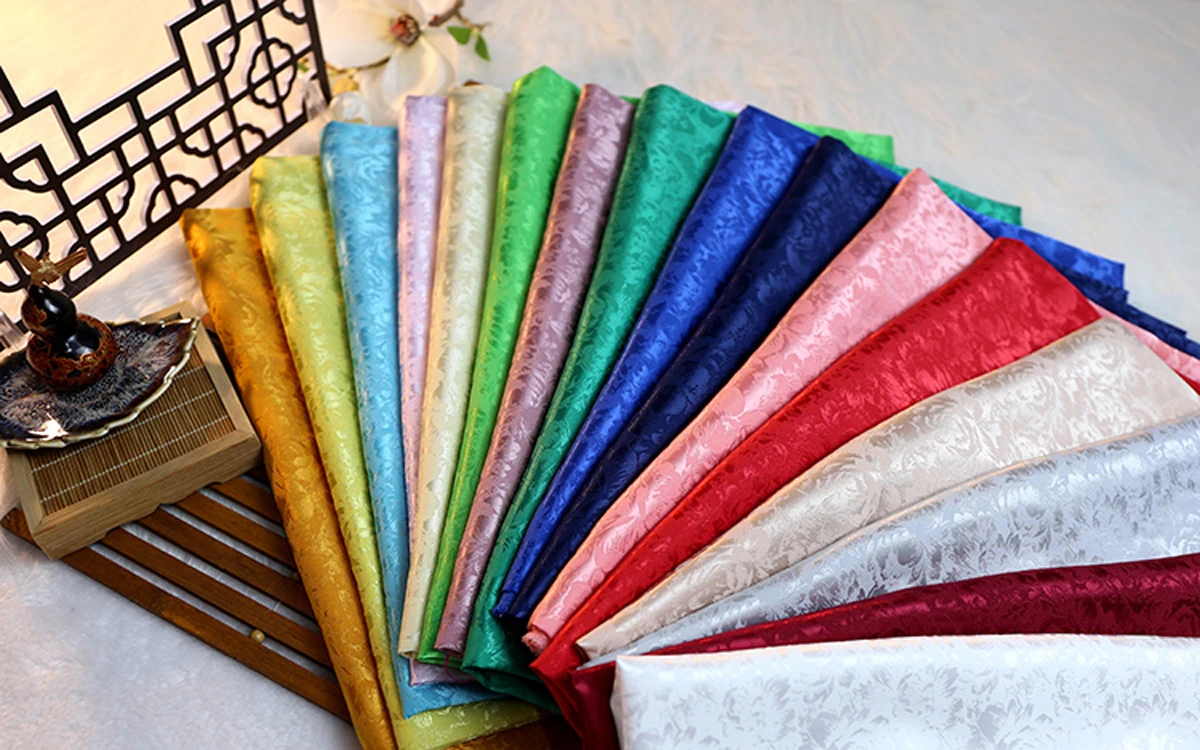
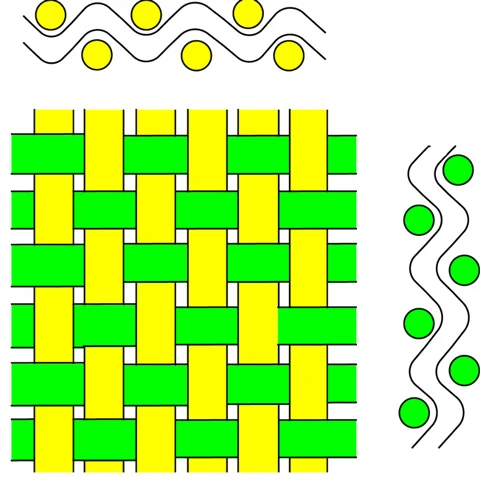
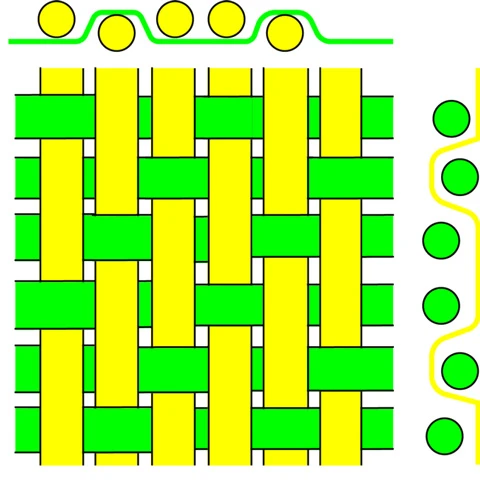
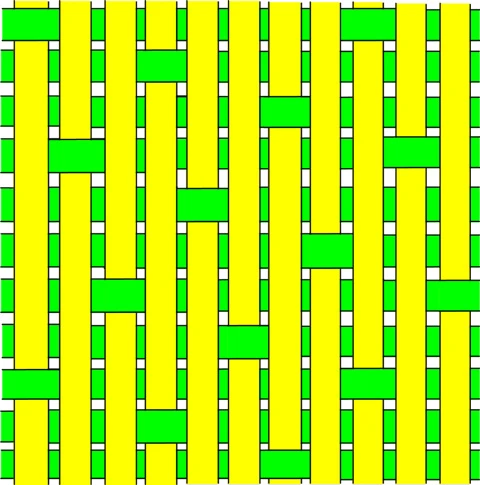
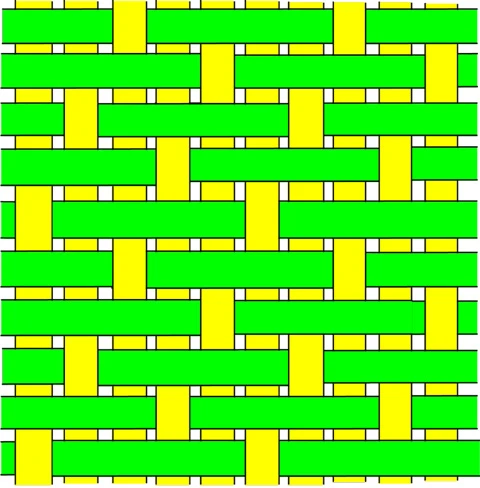
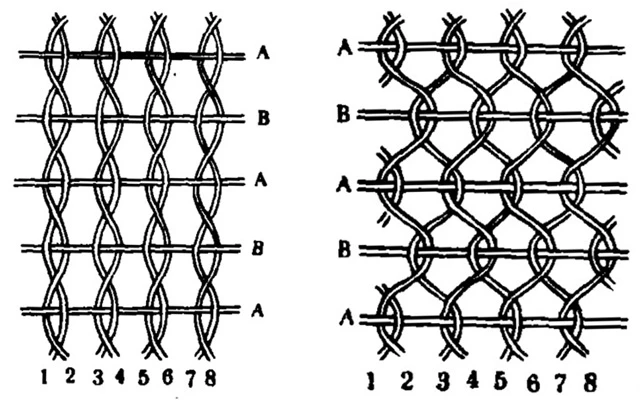
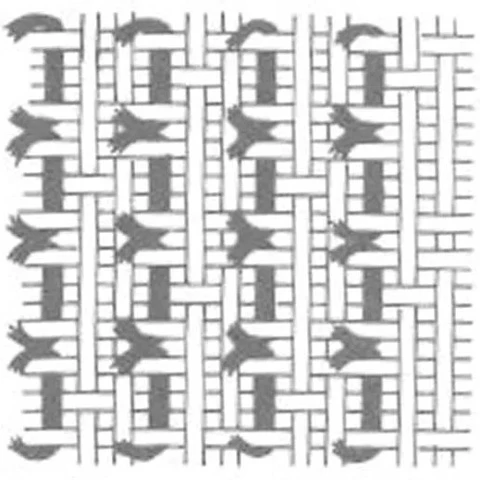
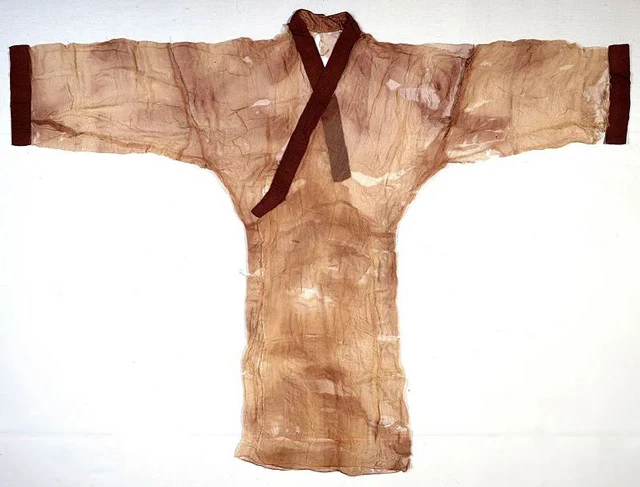
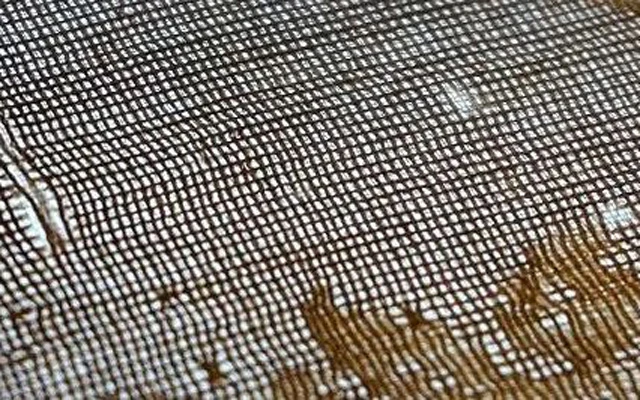


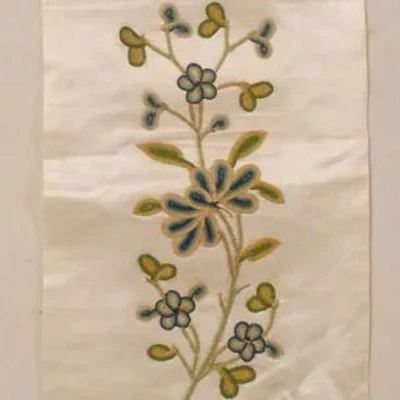

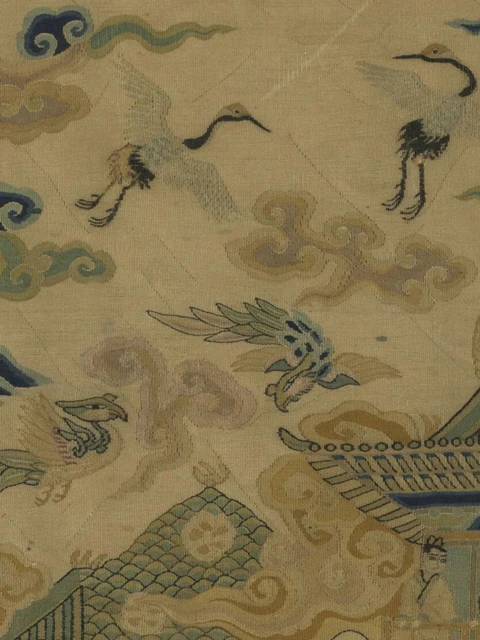


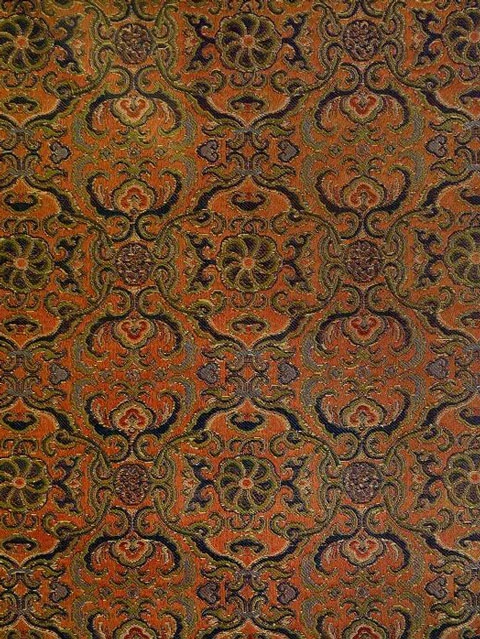


Ooh nice!!!
Wow !
Nice ! a great overview of things. I would also love to know about the weaving techniques and industry. Like the width of fabrics determined by the width of the looms etc. Do have any of these knowledge in store? 😉
Thank you for reading! I have purchased hanfu fabric many times and most of them are about 150 cm wide. I'm not sure of the difference between ancient and modern looms, but modern should be enforced by some sort of standard. Perhaps I can delve deeper into this area and share it for you all in a separate article later.
Very interesting. Where does brocade fit into this taxonomy, or does it?
I think Jin is the closest to brocade...
Whoa~ It's so cool! Reading about this makes me want to try some of these! Especially Jiao Jing since I've never learnt about that one before.
Check out Clubwinged's try in the post "Trying Jiao Jing weave" https://www.newhanfu.com/group/47475.html